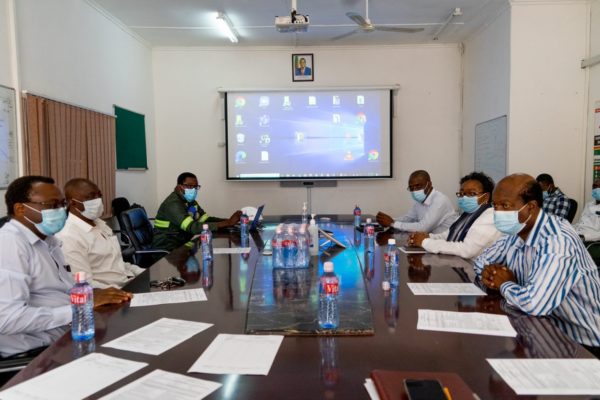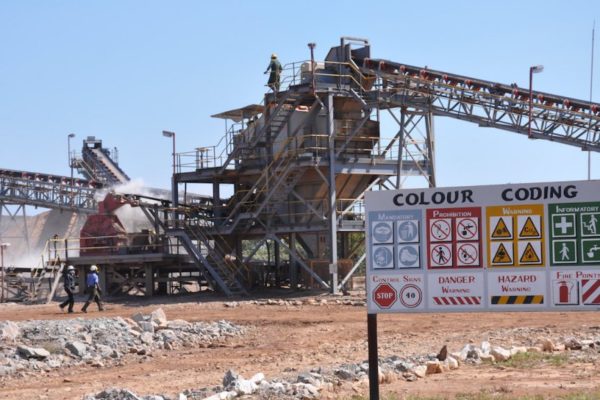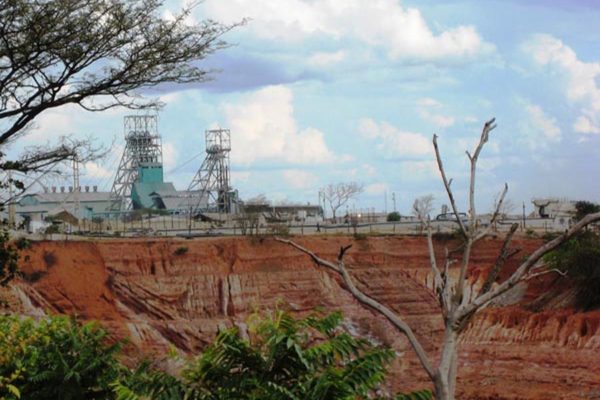
| . | Product/Service | Copper cathodes |
|---|---|---|
| . | Shareholding | Shareholding = ZCCM-IH: 100% |
| . | Sector | Mining |
| . | Location | Kitwe and Mufurila, Copperbelt Province |
| . | Website | www.mopani.com.zm |
| . | Social Links | . |
Company Profile
Mopani Copper Mines Plc is a Zambian registered copper mine owned by ZCCM-IH. In April 2000, Mopani purchased assets of the Zambia Consolidated Copper Mines Limited (ZCCM) comprising underground mines, a concentrator, a smelter and a refinery at Mufulira mine site and underground mines, open pits, a concentrator and a cobalt plant at Nkana mine site in Kitwe
Company Information
Corporate Office
Nkana West, Corner of Central Street and 5th Avenue
P. O. Box 22000, Kitwe, Zambia
Phone: +260 2 247000/247002
mopani@mopani.com.zm
Key Company Highlights
Invested in 3 new shafts: Synclinorium, Mindolo Deeps and Mufurila Deeps. The Synclinorium is fully commissioned and actively hoisting, while the Mindolo and Mufurila projects are to be commissioned by end of 2019;
Mufurila Deeps will add 25 years to the life of the mine. At its design depth of 2 km, Mufulira Deeps will be the world’s second deepest, single-shaft underground copper mine, a shade behind the 2.1km-deep Resolution Copper Mine in the state of Arizona, USA;
Mopani (MCM) has underground mines, a concentrator, a smelter and a refinery at Mufulira mine site, open pits, a concentrator and a cobalt plant at Nkana mine site in Kitwe.




